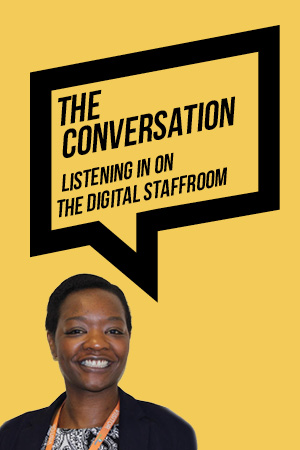Publisher
Bloomsbury Education
ISBN 10
1472974638
Published
7 Jan 2021
Some of the author’s research claims seem questionable, but Stella Jones finds a book that is both inspiring and practical and has already impacted on her lessons
This book did for me what all effective CPD should: it invigorated and motivated me, challenged me, and caused me deep contemplation. Though it speaks mainly from a secondary stance, it is equally valuable and relevant across phases and it inspired me to make immediate changes for the boys in my settings. More than that, Wilson equipped me with tools and actionable exercises to start implementing meaningful and lasting change.
The gender achievement gap has been on the national radar for a long time, yet this problem has almost become white noise and simply accepted. And it’s not just a UK problem: Wilson argues girls outperform boys at nearly every stage of education across the developed world. In England, 76 per cent of permanently excluded young people are boys and 96 per cent of the prison population is male. This is a problem for society, not just schools.
Wilson is clear that his book is not an academic treatise but rather an account of a three-part journey. In part one, we learn his own school experiences as a white working-class boy – a group with one of the widest achievement gaps – and his ensuing dedication to closing that gap. Part two offers the perspectives of the boys he has listened to throughout his career, and part three ties it all together.
The death of Sarah Everard made the book even more pertinent for me
At 180 pages, this is a short book. Yet it took me ages to read! Each sub-heading explores an idea or issue, which concludes with a THINK or ACT box, inviting the reader to consider some difficult and uncomfortable questions in light of their practice. This caused me to reflect deeply. I even found myself having conversations with myself (out loud) as light after light was switched on. Not a quick read then, but an enlightening one.
The ACT boxes provide tangible and actionable takeaways – things to try, do or discuss with colleagues, children and other stakeholders. Wilson even shares useful and useable resources such as letters to parents, case studies, checklists, and action research suggestions. All great starting points for those wishing to embark on their own journey to tackle the gender gap in their settings.
Part two – What boys Really Think About… was especially poignant. I was surprised and heartened by the boys’ rational perceptions and realistic insight into a range of factors that influence their learning, including discipline, good teaching, reading and writing. Wilson then uses academic research to add weight and credibility to the boys’ views.
Part three, which further explores potential solutions, is inevitably more speculative. Lots more research is explored but at times it feels like it runs the risk of cherry-picking the evidence to support the narrative. However, though Wilson’s interpretation of the evidence may make some leaps, it nevertheless leads to questions we ought all to be exploring.
For example, he mentions setting as a topic many boys “have lots to say about, whether they’re in the bottom, middle or top sets”. He then cites EEF research demonstrating that on average “..setting or streaming… is unlikely to boost learning for all pupils”. He concludes that “that disadvantaged pupils are likely to do relatively worse when in sets organised by attainment”.
Whether these disadvantaged pupils are the under-achieving white working-class boys that are the focus of Wilson’s book, the question he raises is a valid one: Why aren’t we listening more to the boys?
With the media awash with stories about women’s concerns for their safety after the death of Sarah Everard, it feels like there’s an opportunity for real change. This made the book even more pertinent for me and its words more resonant.
Wilson asserts from the outset that we live in a sexist society and that the only way this can change is by “developing a caring masculinity” through education. For the benefit of boys and girls alike, it seems to me now that boys’ education needs to be on our agenda. Let’s Hear from the Boys has undoubtedly put it on mine, and Wilson’s previous book is already winging its way to me to keep it there.













Your thoughts